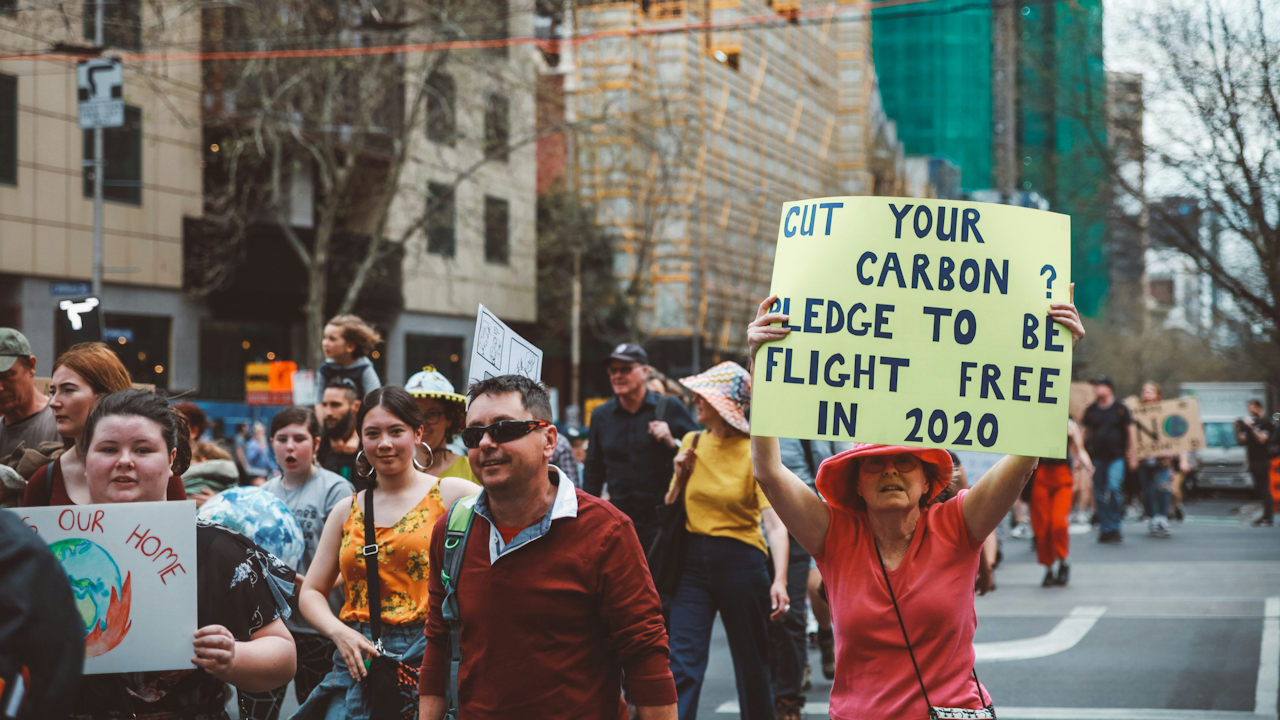As the global community intensifies efforts to combat climate change, carbon offsetting has emerged as a widely discussed and sometimes controversial tool. Companies, governments, and individuals are increasingly relying on carbon offset programs to neutralize their carbon footprints. But what exactly is carbon offsetting, and does it truly work as a solution to climate change?
What Is Carbon Offsetting?
Carbon offsetting is a mechanism that allows individuals, businesses, and governments to compensate for their greenhouse gas (GHG) emissions by investing in projects that reduce or remove an equivalent amount of CO2 from the atmosphere. This is done through purchasing carbon credits, which are generated by activities such as renewable energy projects, reforestation, and carbon capture technologies.
There are two main types of carbon offsets:
- Avoidance or Reduction Projects – These initiatives prevent additional emissions from being released into the atmosphere. Examples include renewable energy projects (such as wind and solar farms) and energy efficiency programs.
- Removal or Sequestration Projects – These efforts directly remove CO2 from the atmosphere. Examples include afforestation (planting trees where there were none before), reforestation (restoring forests), and carbon capture and storage (CCS) technologies.
How Does Carbon Offsetting Work?
The process of carbon offsetting involves several key steps:
- Calculation of Emissions – Organizations and individuals measure their carbon footprint, often using carbon calculators or professional auditing services.
- Purchase of Carbon Credits – After determining the amount of emissions, they purchase credits from certified offset projects.
- Investment in Projects – The funds from these purchases are used to support verified environmental projects that reduce or remove carbon emissions.
- Verification and Certification – Many offset programs adhere to standards such as the Gold Standard or the Verified Carbon Standard (VCS) to ensure transparency and effectiveness.
The Effectiveness of Carbon Offsetting
Despite its growing popularity, the effectiveness of carbon offsetting remains a subject of debate. There are both advantages and limitations to consider.
Advantages of Carbon Offsetting
- Encourages Investment in Green Projects – Carbon offsetting channels funds into sustainable initiatives that might otherwise lack financial backing.
- Bridges the Gap for Hard-to-Abate Sectors – Some industries, such as aviation and heavy manufacturing, have limited options for reducing emissions directly. Offsetting allows them to take responsibility for their impact.
- Raises Awareness and Encourages Accountability – Businesses and individuals that engage in offsetting are often more conscious of their carbon footprints and may take additional steps to reduce emissions at the source.
- Supports Economic Development – Many offset projects provide social and economic benefits, such as job creation and improved air quality, particularly in developing countries.
Criticisms and Limitations of Carbon Offsetting
- Potential for Greenwashing – Some companies use carbon offsetting as a way to appear environmentally friendly without making significant changes to their own carbon-intensive operations.
- Lack of Uniform Standards – While there are certification bodies, not all offset programs are equally rigorous. Some projects may overstate their impact or fail to deliver long-term carbon reductions.
- Delays in Carbon Reduction – Unlike direct emissions reductions, many offset projects take years to yield measurable benefits. For instance, trees planted today may take decades to sequester the promised amount of CO2.
- Market Complexity and Accessibility – The voluntary carbon market can be difficult to navigate, with varying prices, standards, and transparency issues.
Does Carbon Offsetting Work?
The success of carbon offsetting depends on how it is implemented. When done correctly, it can be an effective tool for reducing overall emissions. However, it should not be seen as a silver bullet for climate change.
Effective carbon offsetting requires:
- High-Quality Projects – Ensuring that offsets support projects that are additional (i.e., they would not have happened without offset funding), verifiable, and permanent.
- Integration with Emission Reduction Strategies – Offsetting should complement, not replace, efforts to reduce emissions at the source.
- Regulation and Transparency – Stronger oversight and standardized certification processes can enhance the credibility of offset programs.
The Future of Carbon Offsetting
As climate change mitigation efforts evolve, carbon offsetting is likely to remain a key component of global strategies. However, improvements are needed to address existing shortcomings. Emerging technologies such as direct air capture (DAC) and enhanced carbon sequestration methods may offer more reliable and permanent offset solutions.
Governments and regulatory bodies are also working to improve carbon markets. For instance, the United Nations’ Carbon Offsetting and Reduction Scheme for International Aviation (CORSIA) aims to create a standardized approach for airlines to offset emissions.
Carbon offsetting is a valuable tool in the fight against climate change, but it is not a standalone solution. While it helps to fund important environmental projects and mitigate unavoidable emissions, it should be used alongside direct reduction efforts. Companies and individuals must prioritize lowering their carbon footprint through energy efficiency, sustainable practices, and technological advancements before relying on offsets.
Ultimately, the effectiveness of carbon offsetting depends on the integrity of the projects, proper regulation, and a commitment to reducing emissions at the source. When approached responsibly, it can contribute to a broader, more comprehensive strategy for achieving net-zero emissions and combating climate change.

